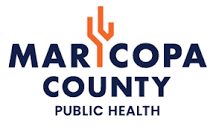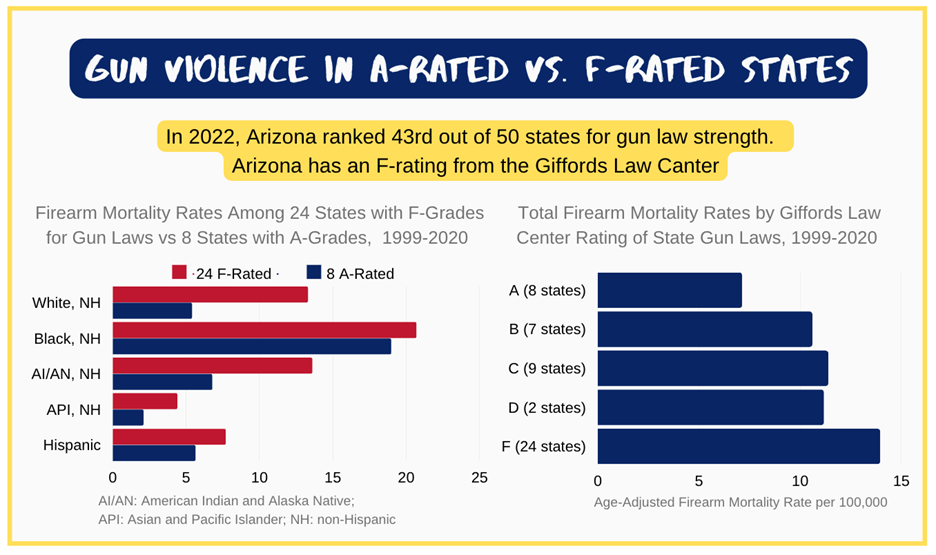FDA’s Vaccines and Related Biological Products Advisory Committee met this month to make their recommendation for a formula for this year’s influenza vaccine.
The FDA is recommending influenza vaccine manufacturers drop the B/Yamagata lineage and just go with a trivalent vaccine this year (down from a quadrivalent vaccine that has been in place for many years).
The decision was rooted mostly in surveillance data and antigenic characteristics of recent influenza isolates. The committee recommended that the trivalent formulation of egg-based influenza vaccines for the U.S. 2024-2025 influenza season have the following:
- an A/Victoria/4897/2022 (H1N1)pdm09-like virus;
- an A/Thailand/8/2022 (H3N2)-like virus; and
- a B/Austria/1359417/2021 (B/Victoria lineage)-like virus.
Manufacturers will now begin making the vaccines for the 2024/25 season. The egg-based vaccines will get started first because of the long lead time needed for that process.
Selecting Viruses for the Seasonal Influenza Vaccine | CDC
The final step will be the CDC recommendations. The Advisory Committee for Immunization Practices will be meeting on June 26-28 to make their final recommendations, which will almost vaccine recommendations based on demographics like age, pregnancy etc.






